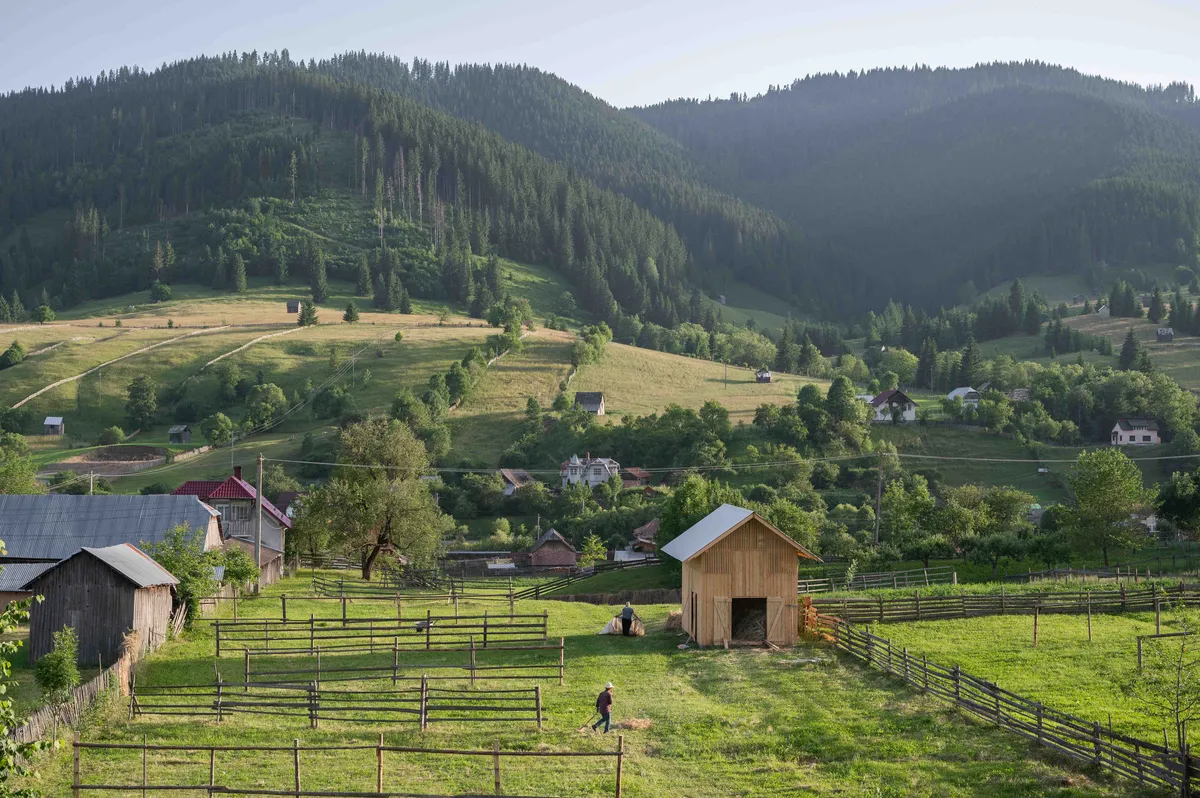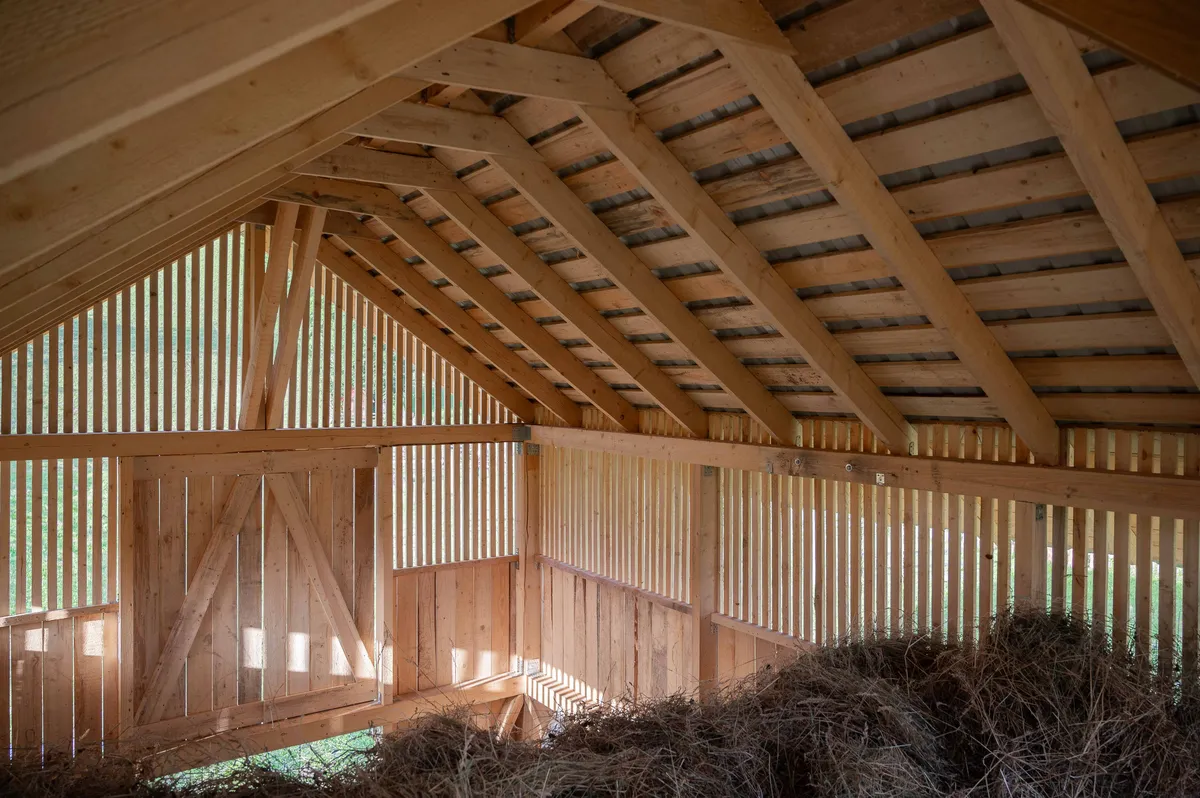
1/10

2/10

3/10

4/10

5/10

6/10

7/10

8/10

9/10

10/10

Author(s) / Team representatives
Daniel Miroțoi
Profession
Arhitect
Collective/office
Nord Birou de Arhitectură
Project location
Sadova, România
Budget in euros
3800
Area
24.4
Project start date
Ianuarie 2024
Project completion date
Aprilie 2024
Photo credits
Daniel Miroțoi
Text presentation of the author/office in English
Nord is an architectural firm based in Câmpulung Moldovenesc that specializes in creating designs for both urban and rural areas.
Project description in English
The tradition of hay harvesting in Bucovina has deep roots in the region's agricultural heritage and has been integral to the local way of life. However, in recent years, the practice has declined significantly due to factors such as an aging population, the migration of young people to urban areas or abroad in search of better opportunities, and economic challenges. The natural landscape of Sadova commune is characterized by agricultural buildings used for storing hay, which is essential for winter animal feed.
The quality of hay depends on factors such as the type of plants in the meadow, the time of harvesting, and the methods of preparation and preservation. After mowing, the green mass of the hay typically has a moisture content of 70-80%. To preserve it for winter use, the moisture level needs to be reduced to below 17%.
Recognizing the potential of the region's agricultural heritage as an economic resource and the opportunity to produce higher quality dairy products from nutrient-rich grass, the project aims to explore innovative methods of storing and drying hay.
The hay deposit has a rectangular shape (4x6m) and draws inspiration from local building styles. It is constructed using locally sourced spruce wood for the structure and outer walls.
Creating a natural ventilation system was a key consideration to maintain an ideal storage environment for the hay. To achieve this, semi-transparent wooden closures are incorporated on all four sides of the structure. The storage capacity of the hayloft is approximately 95 cubic meters, which is equivalent to about 6650 kg of hay (with 1 cubic meter weighing approximately 70 kilograms). This capacity can be expanded by 10-20 cubic meters for larger harvests.
The initiative aims to make hay harvesting a sustainable and profitable activity for local farmers. By revitalizing and modernizing this agricultural tradition, the project seeks to preserve the region's cultural heritage and support the local economy.



